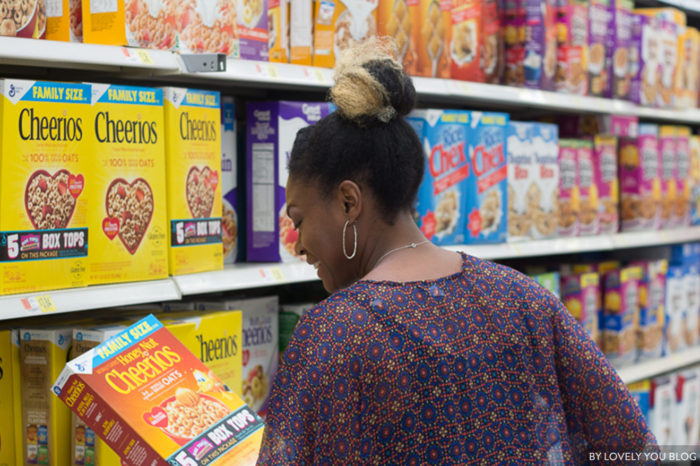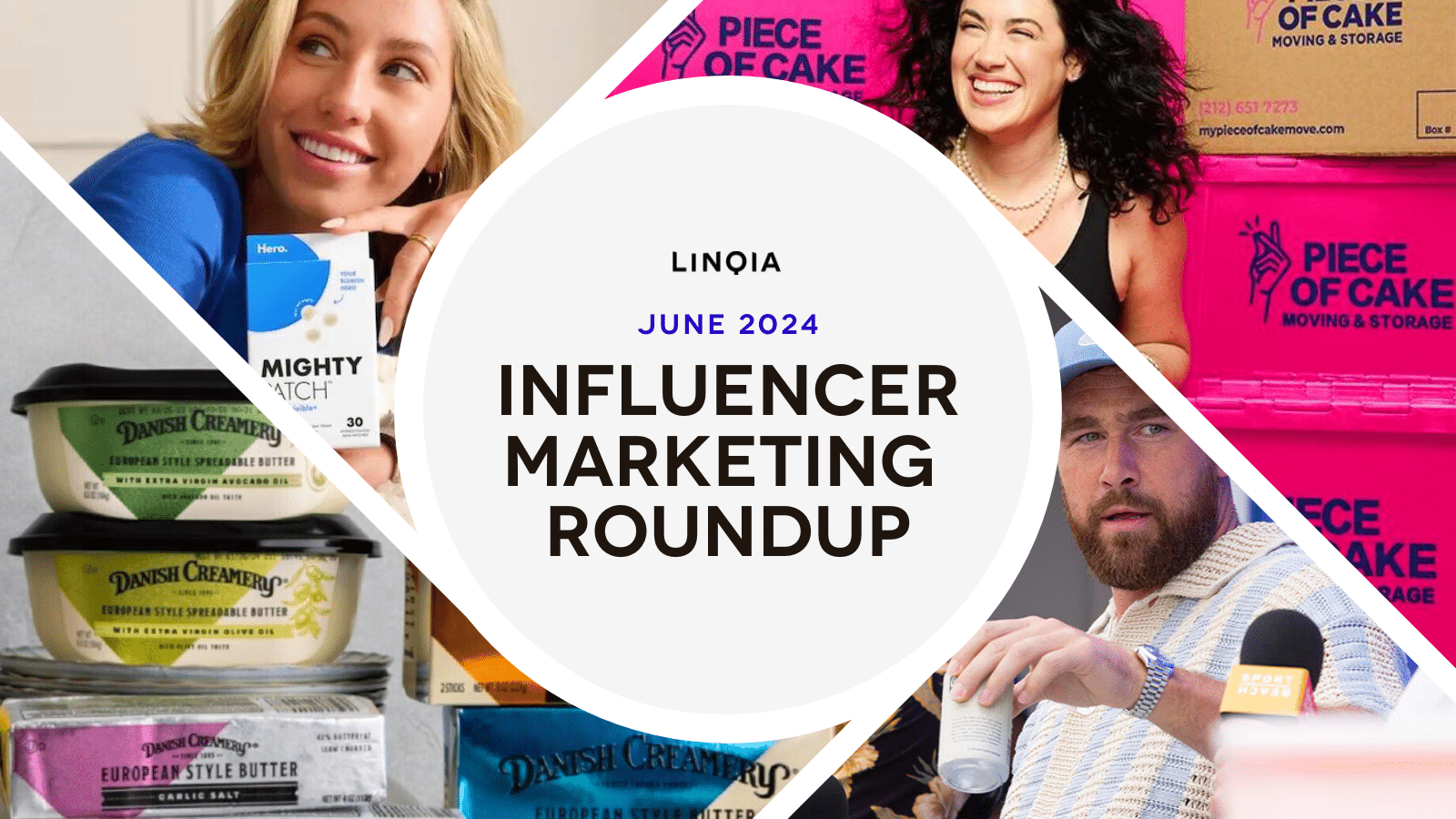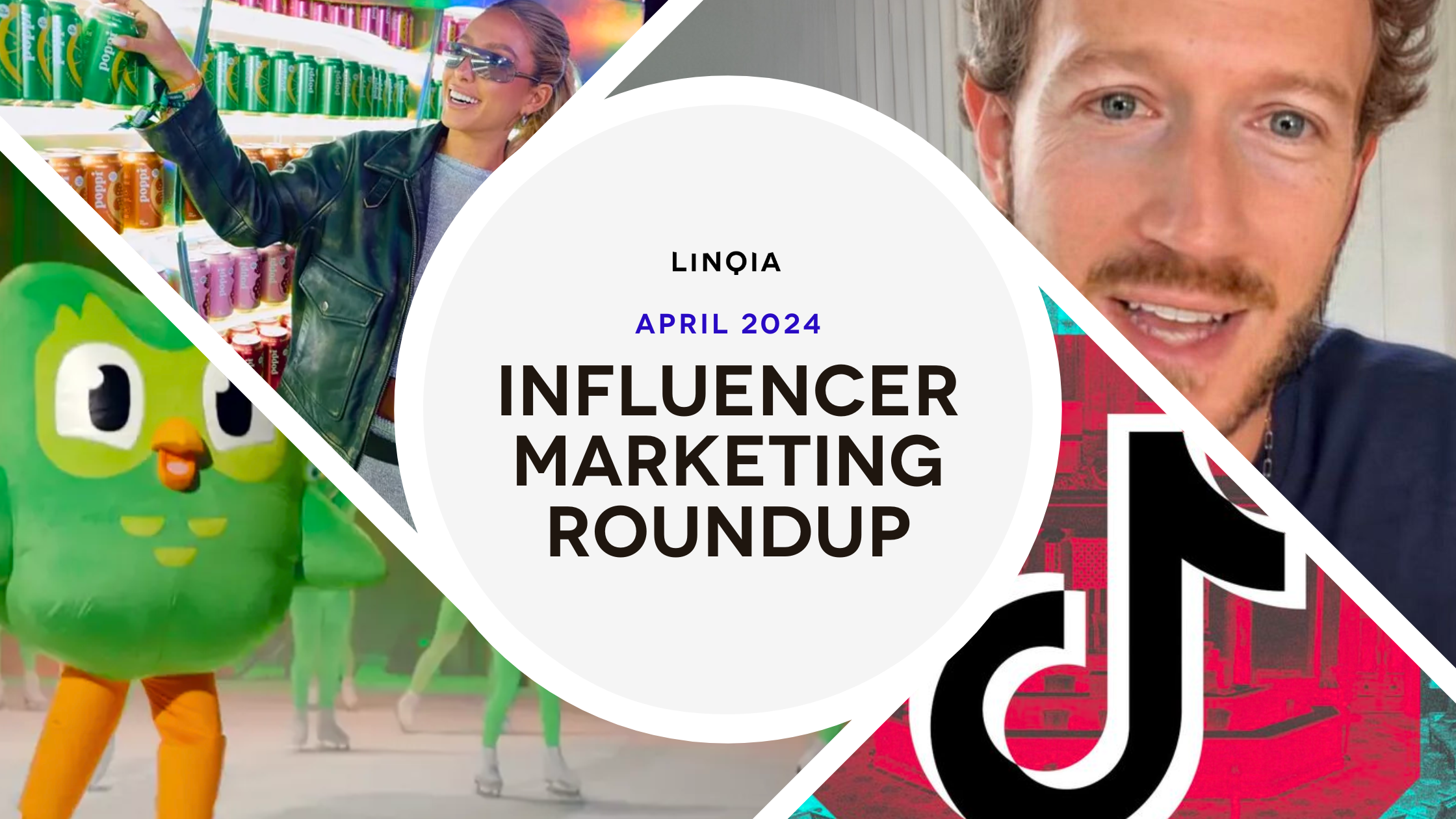Shopper marketing is a $100B industry, striving to understand how consumers behave, so marketers can use that insight to make last-minute appeals at the moment a consumer is ready to make a purchase. Given that shopper marketing’s ultimate goal is to make an immediate impact that directly influences consumer behavior, influencer marketing has emerged in recent years to become a strategic addition to the overall shopper marketing mix. In fact, a 2017 study by shopper marketing agency Geometry Global found that 90% of social media users are persuaded to make a purchase after seeing social media content.
4 Ways Influencer Shopper Marketing Accelerates the Path to Purchase
While one in three consumers trust influencer opinions and recommendations when making purchase decisions, it’s important to note that consumers are not referring to traditional celebrity endorsements. Rather, consumers trust people who are just like them – peers they identify with who have built sizeable social followings based on authentic content and the relationship they’ve built with their audiences – and they trust these individuals over celebrities at a rate of seven to one.
As a result, more than a third of marketers (36%) will integrate influencer content with e-commerce to drive product sales this year. When combined with traditional shopper marketing tactics like free samples or elaborate in-store displays, influencer shopper marketing can deliver concrete business results across every stage of the path to purchase, from awareness and consideration to conversion and purchase.
1. Awareness
Whether looking to generate awareness for a product launch or a seasonal push, influencer marketing programs can activate hundreds of influencers who create thousands of pieces of original content about a product or brand. The influencers then share the content across multiple social networks, increasing awareness through authentic stories and experiences versus the limited amount of real-estate available in brand-created traditional ads or digital display ads.
In Dorot’s influencer marketing program, not only did the influencers create original recipes featuring Dorot products but they also shared in-store photography of where consumers could find this relatively new product. The program drove shoppers to the freezer aisle at select grocery retailers and resulted in a 15% sales lift in measured channels.
2. Consideration
84% of consumers say that it’s important to hear about others’ experiences before making a purchase. By nature, influencer marketing is ripe ground for cultivating honest product reviews and other valuable content like tips, recipes, or how-to articles and tutorials. Consumers that are introduced to a product or brand through positive affirmation by a trusted source are more likely to consider purchasing the product for themselves.
When BISSELL® launched its new product, the ProHeat 2X Revolution Pet Upright Carpet Cleaner, the brand sought third-party pet owners to demo the product and create content documenting their experience. BISSELL turned to influencer marketing because it knew its target audience heavily relies on peer opinions and reviews, not brand advertising, when making purchasing decisions.
3. Conversion
Now that you’ve got their attention, how do you convert their likes and shares into clicks to learn more and email newsletter signups? It’s uncommon that consumers take a deeper action during the first introduction to a product or service, so brands turn to influencer marketing to inspire conversions over time. Today, more brands are investing in multi-flight, “always on” influencer marketing programs versus individual, one-off initiatives to nurture prospects into customers and drive deeper loyalty.
Hiland Dairy saw a 40% increase in email signups between the second and third flights of its influencer marketing program as the influencers’ audiences became more familiar with the brand. Overall, influencer marketing drove the second most email signups for the brand’s weekly email track around healthy eating and meal planning, ranking behind Facebook and ahead of display ads, native advertising, paid social advertising, and pre-roll video ads.
4. Purchase
Performance-based influencer marketing programs that are built to drive lower-funnel goals hold influencers accountable for creating content that inspires their audiences to take action. When structured to perform against specific shopper marketing goals, like in-store or online purchases, influencer marketing programs drive concrete business results that go far beyond short-term vanity metrics like reach.
Gerber® launched its Lil’ Beanies™ product and wanted to drive sales in key markets through Publix, Target, Walmart, and Kroger. Linqia influencers shared engaging stories and photos of their children enjoying Lil’ Beanies, while encouraging their followers to download a rebate or digital coupon. The program was so successful that it drove a 5% national sales lift.
Reaching your target consumer with a relevant message at the moment they are ready to make a purchase and inspiring them to take action is the ultimate goal for shopper marketing programs. From awareness and consideration to conversion and purchase, influencer marketing’s ability to drive consumers down the path to purchase through the trusted opinions of their peers is the hottest new tactic in every shopper marketer’s media mix.




